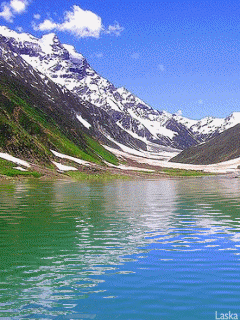What factors influence the climate of an area?
Latitude. Areas closer to the equator have warmer climates. The Sun’s rays reach these areas directly all year. Areas farther from the equator have colder climates. Some areas receive no sunlight for part of the year. Most of the world’s population lives between 30 ºN and 30 ºS.
Wind or air masses absorb the ground’s heat as they move over an area. Winds bring warm or cold air and moisture.
Altitude. Higher altitudes have lower temperatures. The air is more humid and there is a lot of precipitation. Most of the world’s population lives at an altitude of no more than 200 m.
Relief. Mountains create a barrier for wind and clouds that affects climate. As air passes over elevated land, its temperature decreases.
Distance from water. Water takes longer to change temperature than land. On cold days, water warms the air and on hot days, it cools it. This keeps temperatures constant. Over 50 % of the world’s population lives within 200 km of a sea or ocean.
What climate zone is Europe in?
Almost all the European continent is in the temperate climate zone, with a small part in the cold zone. The continent has a wide range of climates because it is a large area with varying relief, coastal areas and vast areas of inland terrain.















No hay comentarios:
Publicar un comentario
Nota: solo los miembros de este blog pueden publicar comentarios.